Discover 10 hidden attractions, cool sights, and unusual things to do in Rovigo (Italy). Don't miss out on these must-see attractions: Beata Vergine del Soccorso, Duomo di Rovigo, and Chiesa dei Santi Francesco e Giustina. Also, be sure to include Church of San Bartolomeo in your itinerary.
Below, you can find the list of the most amazing places you should visit in Rovigo (Veneto).
Table of Contents
Beata Vergine del Soccorso
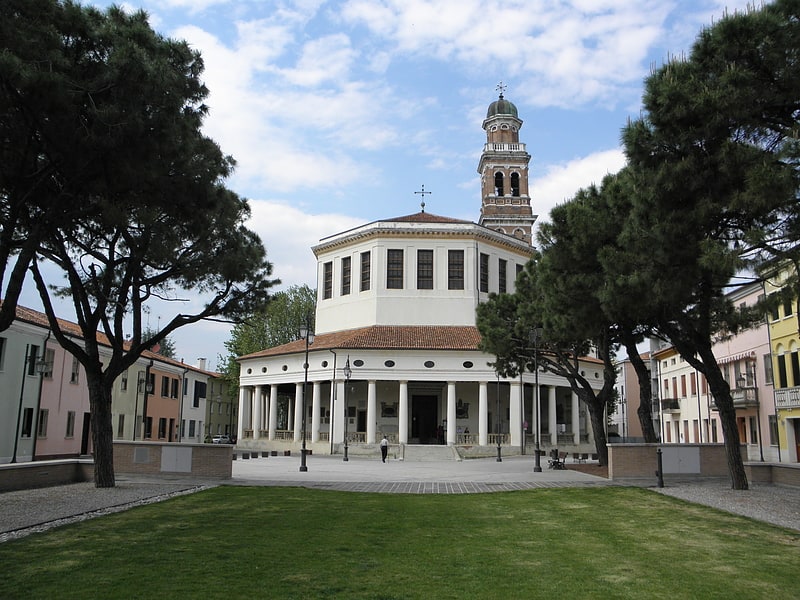
Church
Address: Piazza Venti Settembre 37, 45100 Rovigo
Duomo di Rovigo
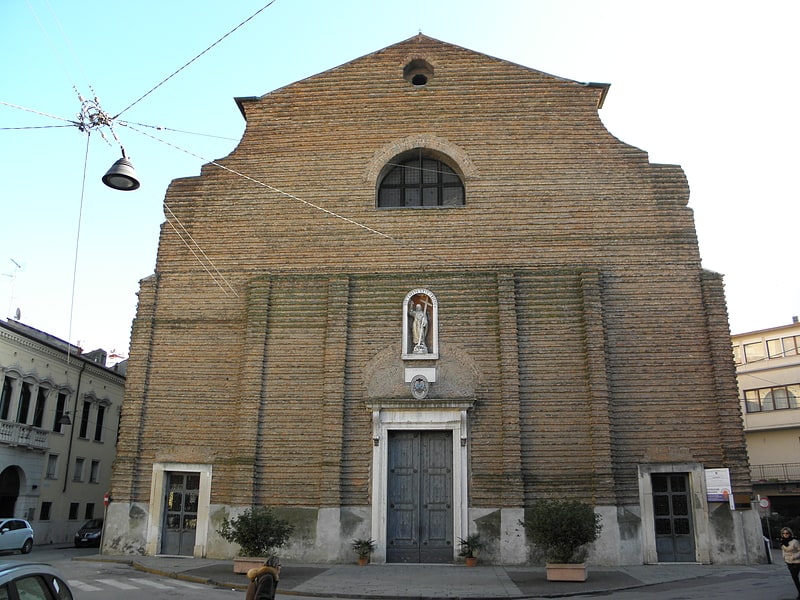
Church
Address: Piazza Duomo, 45100 Rovigo
Chiesa dei Santi Francesco e Giustina
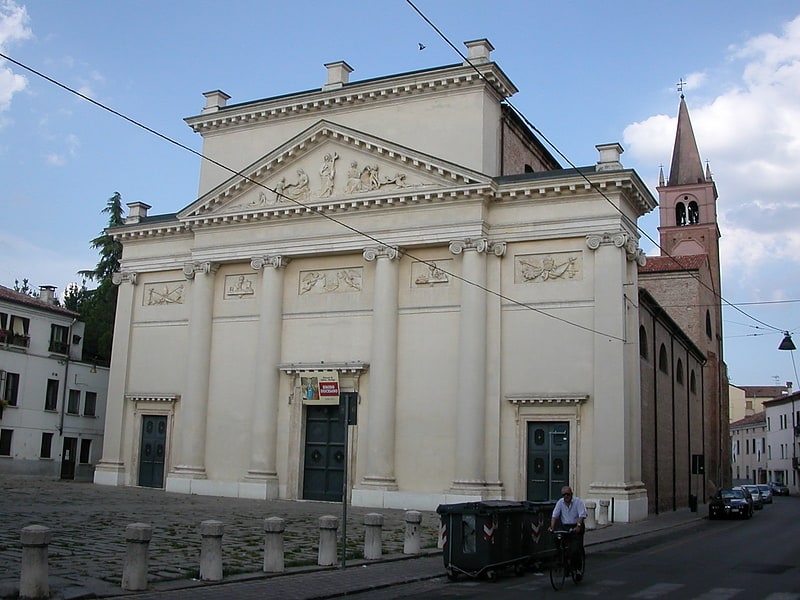
The Church of Saints Francis and Justina is a religious building located in the historic center of Rovigo, capital of the province of the same name in the Veneto region of Italy and the Polesine territory.
Built between the end of the 13th and the beginning of the 14th century to meet the religious needs of the adjacent and now defunct Franciscan monastery, traces of which remain in the rectory house, and initially dedicated to St. Francis of Assisi, it assumed its present name, adding also that of St. Justina, virgin and martyr, after the demolition of the church of St. Justina to make way for the present-day Piazza Garibaldi. The original building, of Gothic setting, underwent profound renovations that, greatly enlarged, also changed the position of the facade, now in neoclassical taste, which characterizes its present appearance.
In the territorial subdivision of the Catholic Church, it is placed in the vicariate of Rovigo, itself part of the diocese of Adria-Rovigo, and is a parish seat.
Church of San Bartolomeo

Also known as: Chiesa di San Bartolomeo
The church of San Bartolomeo, popularly called San Bortolo, is a religious building open to Christian worship of the Catholic Church located in Rovigo in Piazzale San Bortolo adjacent to Via Antonio Oroboni. The structure, one of the rare examples of 16th-century religious architecture found in Polesine, integrates inside some Baroque elements such as stucco and frescoes from the following century.
Administratively part of the original diocese of Adria that later became Adria-Rovigo, it has been the seat of the parish of St. Bartholomew the Apostle since 1956 and was the church of the adjoining Olivetan monastery, suppressed in 1797, preserved in structure but not in its state of use.
Inside is one of the organs designed and built by Atestino Gaetano Callido dating from 1778. The instrument is located on a chancel beside the high altar, and is still in working order.
Address: Piazza S. Bartolomeo, 17, 45100 Rovigo
Oratorio della Beata Vergine di Pompei
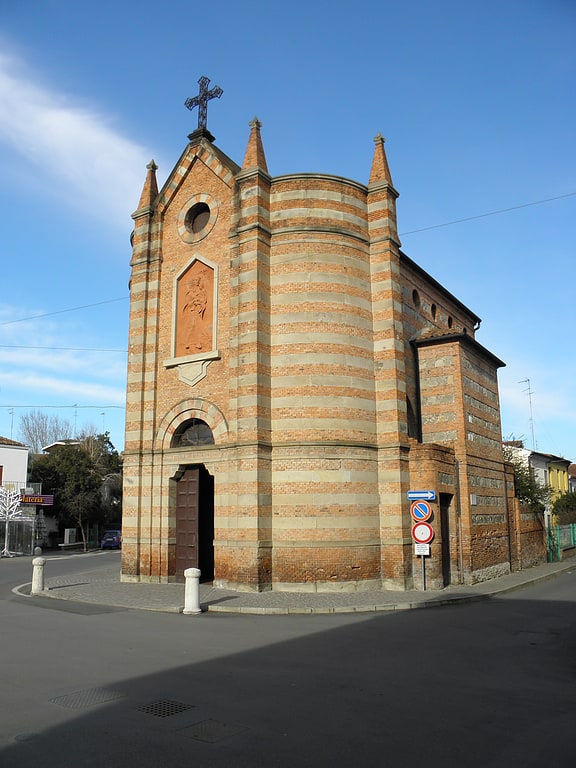
Oratory of the Blessed Virgin of Pompeii, in Bardi, Oratory of the Blessed Virgin of Pompeii, in Rovigo
Address: Via Giovanni Magro 5, 45100 Rovigo
Chiesa di Santa Maria dei Sabbioni

The church of the Santissima Annunziata, known as Santa Maria dei Sabbioni, formerly an oratory, is a religious building open to Christian worship of the Catholic Church located on Via Antonio Oroboni in Rovigo, incorporated since the 19th century into the municipal cemetery.
Administratively part of the parish of Saints Francis and Justina, included in the original Diocese of Adria which later became Adria-Rovigo, it was formerly united with the Olivetan Monastery and the Church of St. Bartholomew, popularly known as San Bortolo, of Rovigo.
Chiesa di San Zenone
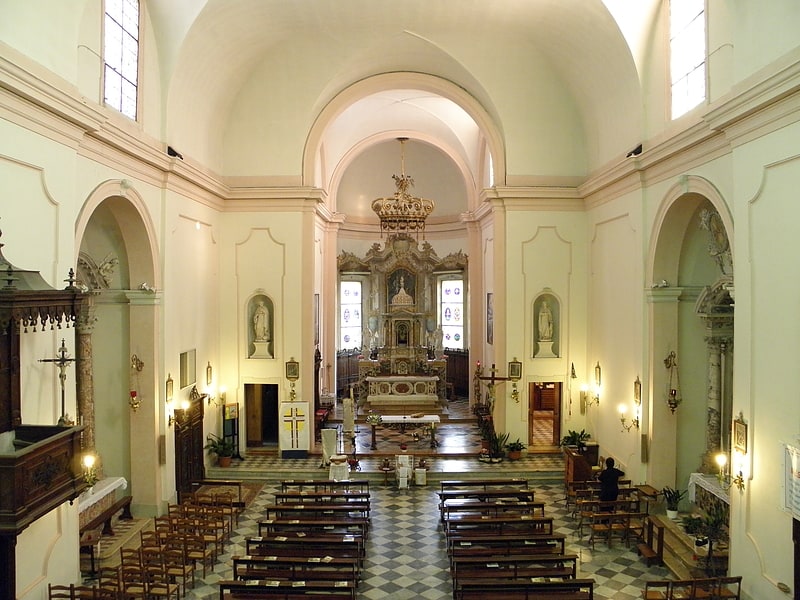
The church of San Zenone is a religious building located in Boara Polesine, a hamlet of Rovigo and suppressed municipality, situated near the right bank of the Adige River, to which it shows the facade. Dating back to the second half of the 18th century, the church, the only house of worship in the town, is according to the territorial subdivision of the Catholic Church, a parish and archpriest's see, and preserves some valuable works of art as well as one of the few pipe organs made by Gaetano Callido present in the Polesine area.
Address: Piazza Vittorio Emanuele, 8, 45100 Boara Polesine
Accademia dei Concordi - La cultura non può morire
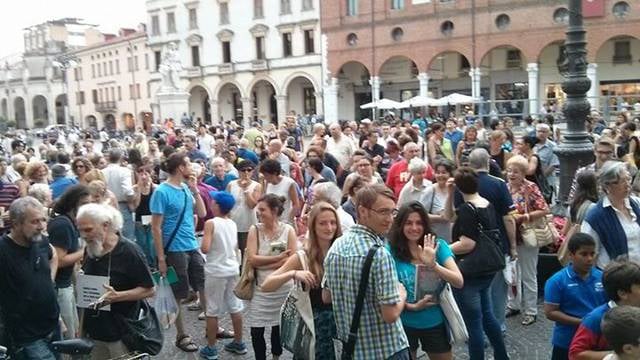
Art museum, Library
Address: Piazza Vittorio Emanuele II 14, 40100 Rovigo
Palazzo Angeli
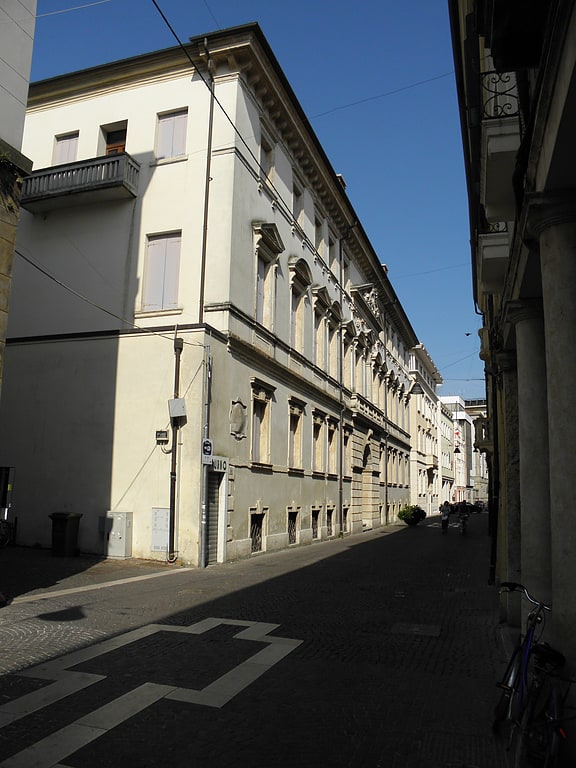
Palazzo Angeli is a noble palace in the city of Rovigo located in the vicinity of the medieval castle. Donated in a testamentary bequest by Count Domenico Angeli, it has belonged to the municipality since 1876, which over the years has used it as an educandato, high school, prefecture and police headquarters. After a long period of closure, completed the restoration phase in 2019, it was reopened and houses the local branch of the Faculty of Law of the University of Ferrara.
The building was constructed at the conclusion of a period of great architectural activity in the Veneto town. Veronese architect Francesco Schiavi was the author of the project, which he completed in 1780, at the request of Count Giovanni Battista Angeli, Domenico's father, in the ancient contrada of San Rocco, a short distance from the church of the same name, which was demolished along with its adjacencies in 1938 to make way for the INA Palace. It was based on the neoclassical style with a legacy of Michele Sanmicheli's work. Like other pre-20th-century city buildings that sprang up on the left bank of the Adigetto, with the original course corresponding to the present-day Corso del Popolo, it has its facade on the side opposite the latter. Noteworthy inside are the frescoes painted by the Venetian Giovanni Battista Canal, grandson of Canaletto, which decorate the ground-floor rooms and the building's main hall.
Charles IV of Spain with Maria Luisa of Bourbon-Parma stayed there on September 17, 1815; Francis I of Austria with his wife Caroline Augusta of Bavaria in March 1819; Aleksandra Fёdorovna Empress of Russia with her daughter Olga on May 7, 1846; Franz Joseph I of Austria in December 1856; Giuseppe Garibaldi on February 25, 1867; and Umberto I of Italy on September 23, 1882.
Address: Via Angeli 33, Rovigo
Palazzo Roncale
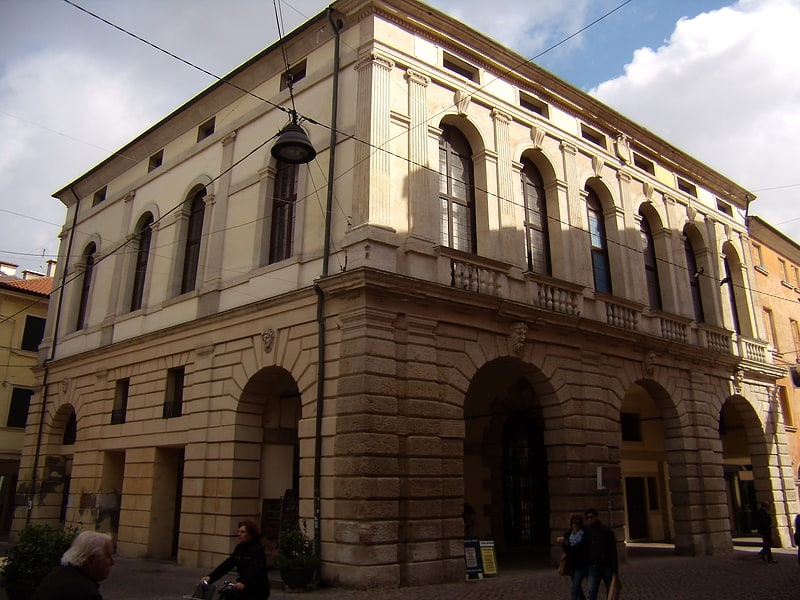
The Roncale Palace is a noble palace in Rovigo located at the intersection of today's Via Angeli and Via Laurenti, near Piazza Vittorio Emanuele II.
Address: piazza vittorio emanuele II, 45100 Rovigo